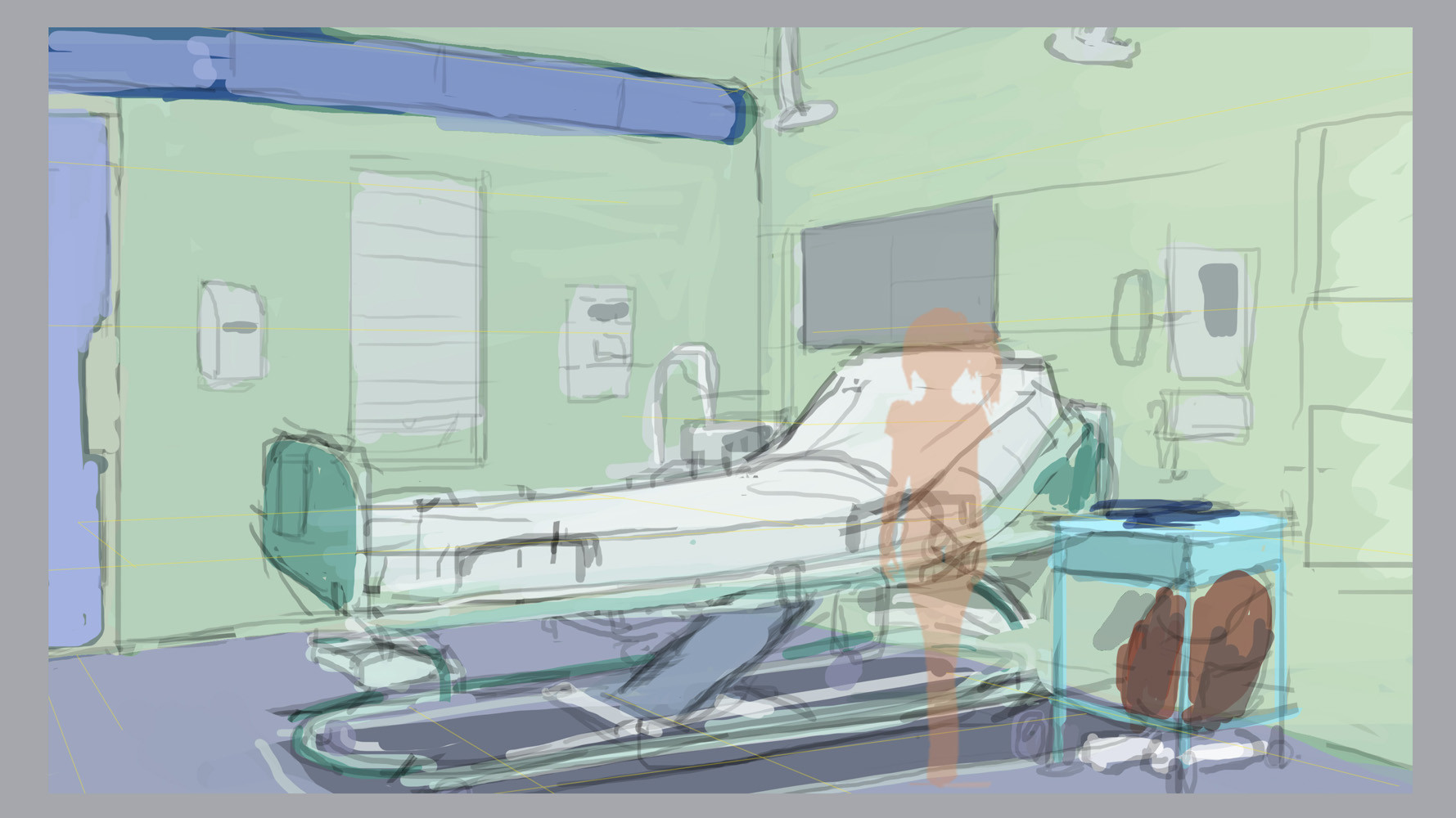



In the fifth chapter, “Off Duty,” she tells of becoming sick herself and isolated. Some of the encounters are touching, some are funny as she “entertained a belief that he who laughed most was surest of recovery.” “Nurse Periwinkle” tells of her experiences and the men she met and treated. This chapter and the fourth, “A Night,” are the best in the book. The sight of several stretchers, each with its legless, armless, or desperately wounded occupant, entering my ward, admonished me that I was there to work, not to wonder or weep so I corked up my feelings, and returned to the path of duty, which was rather “a hard road to travel” just then. Within three days they received a large influx of wounded from Fredericksburg, and she was warned, “Now you will begin to see hospital life in earnest, for you won’t probably find time to sit down all day, and may think yourself fortunate if you get to bed by midnight.” “A Forward Movement” tells of her travels to Washington by train and boat, including the sites she saw, people she encountered, problems, fears, and funny things experienced along the way.Ĭhapter 3, “A Day,” tells of her first day in the hospital where she was put to work right away. My strong-mindedness had rather abated since then, and I was now quite ready to be a “timid trembler,” if necessary. I’m a woman’s rights woman, and if any man had offered help in the morning, I should have condescendingly refused it, sure that I could do everything as well, if not better, myself.

She comments about halfway through her troubles on this day: The first story, “Obtaining Supplies,” deals with her decision to go, saying good-bye to her family, and a lot of frustrating detours and obstacles before finding the right people to get her documentation, tickets, etc. Though there are six chapters in the book, we don’t really get to see Nurse Periwinkle interact with the soldiers until the third. She was urged to compile the sketches in a book, so she added material to them and published them as her first book in 1863. But these sketches brought her writing to the public eye, though she had written for the Atlantic Monthly before. Louisa didn’t think much of the writings, and mainly hoped just to make a little money off them. The “sketches” were published in four parts in the Boston Commonwealth, an Abolitionist magazine edited by a friend of the family. She fictionalized and changed them a bit, naming her heroine Tribulation Periwinkle. She only made it six weeks before she became ill with typhoid fever and had to go home.ĭuring her time as a nurse, she had written letters home to her family about her experiences. In 1862, at age 30, Louisa May Alcott intended to serve as a nurse in a Union hospital for three months.


 0 kommentar(er)
0 kommentar(er)
